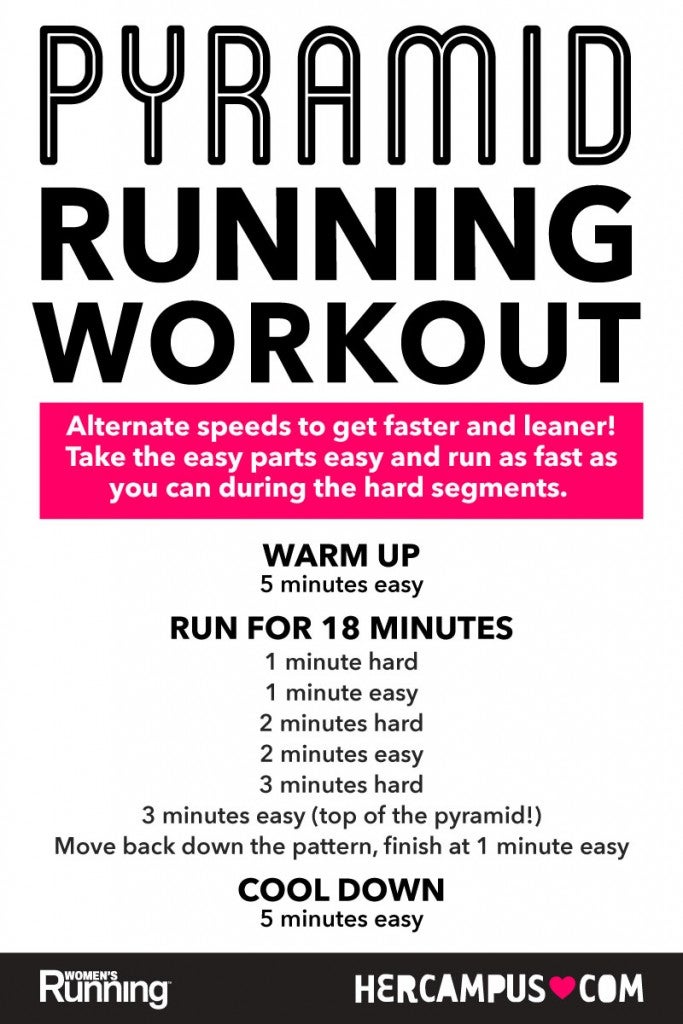Exactly How to avoid and Manage Pain in Operating: Specialist Tips and Suggestions
As joggers, we commonly discover ourselves caught between the euphoria of pressing our physical boundaries and the pain that can accompany it. The search of that runner's high can occasionally be hindered by the undesirable companion of discomfort. Whether you are a skilled marathoner or a newbie hitting the pavement for the very first time, the unpleasant existence of pain and pain is a typical . Nevertheless, there exist tested methods and experienced advice that can help alleviate and handle these pains, allowing you to concentrate on the joy of running itself.
Importance of Appropriate Shoes
Proper footwear plays an important duty in avoiding and taking care of pain for joggers, as it significantly affects their comfort, efficiency, and general foot wellness. When it involves running, using the right shoes can make all the distinction. Ill-fitting or inappropriate shoes can result in a host of concerns such as blisters, shin splints, plantar fasciitis, and a lot more serious injuries like anxiety fractures.
Picking the right running footwear includes thinking about elements such as foot type, stride technicians, running terrain, and personal preferences. Runners with high arches may call for even more padding and support, while those with flat feet might benefit from stability footwear. In addition, recognizing pronation (the internal rolling of the foot) and supination (the outward rolling of the foot) can help in selecting shoes that supply the right level of arch support.
Purchasing high quality running shoes that are proper for your specific demands can aid prevent pain and discomfort while enhancing your running experience. Prioritizing proper shoes is not just concerning performance but likewise concerning protecting your foot wellness in the long run.

Effective Workout Techniques
A dynamic workout routine before a run helps boost blood flow to the muscular tissues, improves versatility, and boosts the range of motion of the joints. Dynamic extends like leg swings, high knees, and hip circles are advantageous in preparing the body for the physical demands of running.
Along with dynamic stretches, incorporating some light cardio exercises such as jogging or missing rope can further boost the heart price and heat up the body. This mix of vibrant stretching and light cardio helps loosen up tight muscular tissues, lubricate the joints, and emotionally prepares the runner for the upcoming exercise (running workout). By making workouts a consistent component of your running routine, you can significantly minimize the risk of injuries and do at your best during each run
Trick Stretching Exercises
When preparing for a run, integrating vital extending workouts is necessary to improve muscle flexibility and stop injuries - Read More. Dynamic extends such as leg swings, high knees, and hip circles are beneficial for heating up the muscular tissues and boosting series of movement prior to a run. These movements help boost blood flow, loosen limited muscular tissues, and prepare the body for the activity in advance
Fixed stretches like calf stretches, hamstring stretches, and quadriceps stretches need to follow a go to help in muscle recuperation and avoid tightness. Holding each stretch for 15-30 seconds enables the muscular tissues to relax and extend, reducing the threat of post-run pain and possible injuries.
Additionally, including yoga exercise positions like down pet, pigeon pose, and spine twists can target numerous muscle groups all at once, promoting look at this website general adaptability and toughness. Consistent extending regimens not only enhance efficiency but likewise assist in keeping great running kind and avoiding overuse injuries. Keep in mind, proper stretching strategies are essential for a risk-free and enjoyable running experience.
Healing and Relax Methods
After completing a run, executing efficient recuperation and remainder approaches is important for making the most of performance and lessening the danger of injuries. One critical aspect of recovery is allowing the body time to rest and repair itself. Sufficient sleep is paramount as it is throughout rest that muscles recover and expand stronger. Additionally, integrating remainder days into your training timetable is essential to stop overuse injuries and exhaustion.
Energetic healing techniques such as mild extending, foam rolling, and yoga can aid boost circulation, decrease muscular tissue discomfort, and improve adaptability. It is additionally valuable to focus on hydration and nutrition post-run to replenish electrolytes, glycogen shops, and promote muscle mass recovery.
Cross-training activities like swimming or cycling can offer a break from the repeated impact of running while still maintaining cardio health and fitness - running workout. Paying attention to your body and recognizing when it requires a break is essential to avoid chronic injuries and making sure lasting running success. Remember, rest is not an indicator of weakness yet a crucial element of an all-round training routine
Cross-Training Conveniences

It allows you to function on different facets of fitness that might not be targeted solely via running, leading to a more well balanced and well-rounded professional athlete. Additionally, cross-training can aid enhance running effectiveness by dealing with muscle discrepancies and weak points that might impede efficiency.
Final Thought
In verdict, appropriate footwear, workout strategies, stretching workouts, recovery approaches, and cross-training are crucial elements in preventing and handling discomfort in running. By incorporating these methods right into your routine, you can lessen the threat of injury and discomfort while making the most of efficiency and enjoyment of the sporting activity. Read More. Keep in mind to listen to your body, focus on rest and healing, and seek professional advice when needed to make sure a safe and efficient running experience